Conservation and Restoration of Peatland Biodiversity in Austria
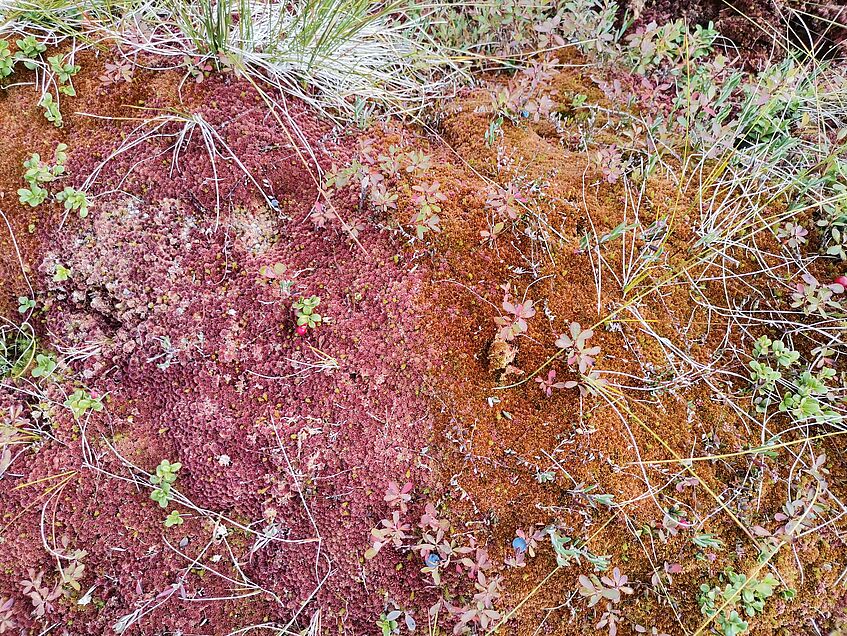
Sphagnum mosses on a hummock at renaturalized Saumoos, Tamsweg, Salzburg. (c) C. Pöll
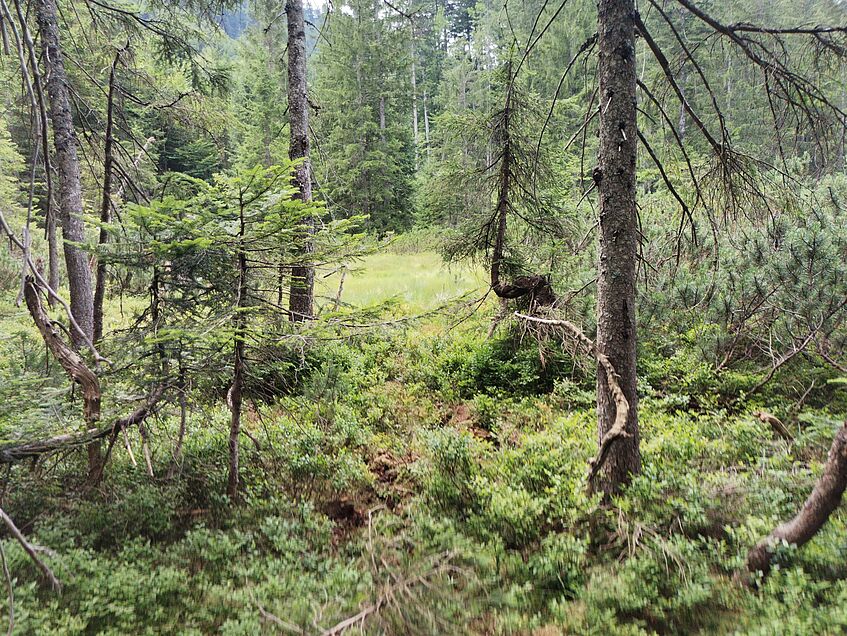
Natural raised bog dome with hummocks and hollows, Rossstallmoos, Bad Ischl, Upper Austria. (c) C. Pöll
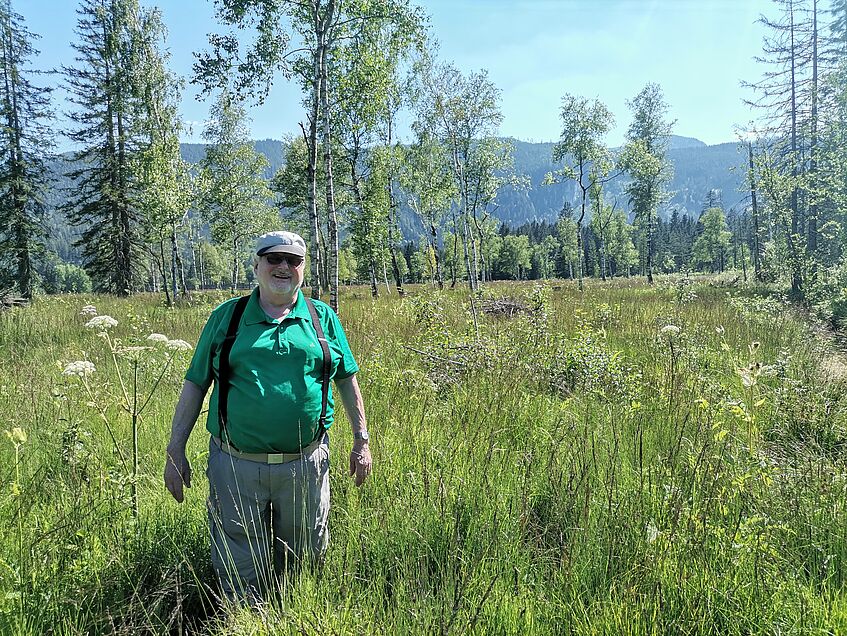
M. Steiner in a regeneration area at Ödensee fen, Bad Mitterndorf, Styria. (c) C. Pöll
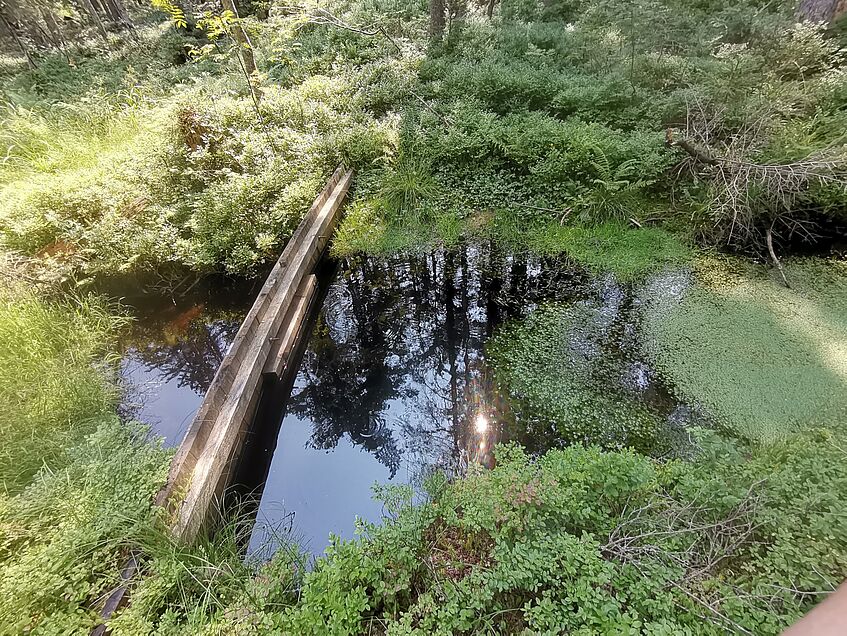
Renaturalization dam in former saltwater ditch, Langmoos, Bad Ischl, Upper Austria. (c) C. Pöll
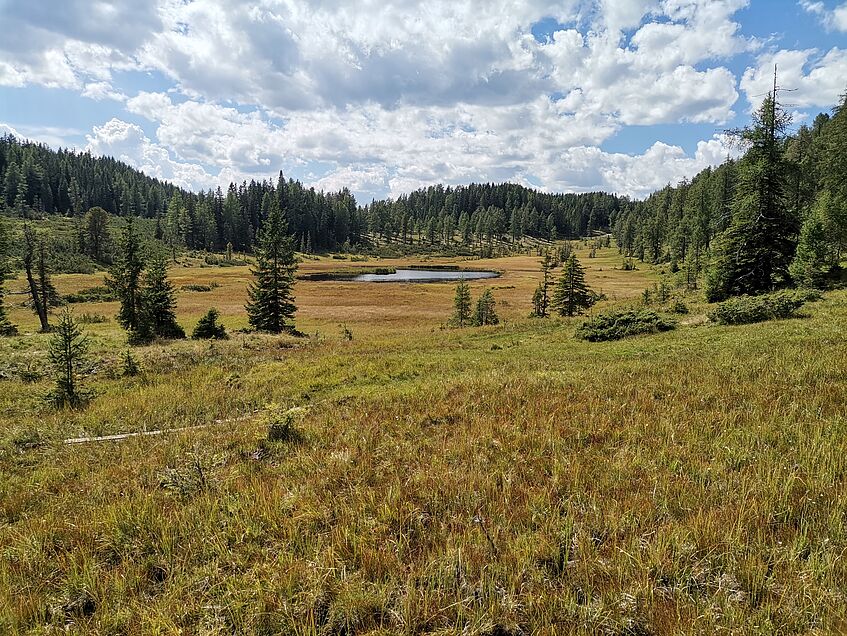
Lake Dürrenegg with fescue grassland, Tamsweg, Salzburg. (c) C. Pöll
Conservation and Restoration of Peatland Biodiversity in Austria
Restore more! - The UN Decade of Ecosystem Restoration has begun. Let us use it!
We live in a time of great upheaval and change. In addition to the global climate crisis and pandemics, the largest human-caused mass extinction of species is currently taking place. The last century was characterized by ecological phenomena such as acid rain, forest dieback and the opening of ozone holes. Now we are facing more frequent droughts, increasing heavy rain and flooding events, and devastating forest fires on all continents.
The drastic losses of global biodiversity are reflected not only in the decreasing population numbers of endemic and rare species, but also in e.g. massive insect-biomass declines, as well as in the progressive endangerment and loss of natural habitats.
Globally, peatlands are among endangered ecosystems that deserve protection. They are an essential part of the natural, geographic, geological, climatic and, last but not least, cultural-historical diversity of Austrian landscapes. Peatlands have been used by human in many different ways. They served as local water reservoirs, as a natural resource for the water supply of alpine dairy and meat farming. Water was also siphoned off from large bog habitats for salt production in historic salt mines.
Preliminarily, the natural resource peat was of immense importance, especially in the last two centuries, for improving agricultural soils, but also as burning fuel for emerging industries and growing railroad lines. In addition to multiple uses of peat as stable bedding, for households and gardens, peatlands have also been exploited on a large scale through the creation of drainage ditches to reclaim new arable land.
The United Nations General Assembly proclaimed 2021 to 2030 the UN Decade for Ecosystem Restoration at the suggestion of more than 70 countries from all latitudes. It is a call to protect and restore ecosystems around the world. Stating that to improve people's livelihoods and encounter climate change and biodiversity loss can only be done with healthy ecosystems, it aims to halt the degradation and promote restoration projects.
Healthy peatlands provide multiple hydrological and climatic benefits in addition to preserving rare species and habitats. For example, as a living water reservoir, this wetland habitat serves to improve the microclimate and resilience of the surrounding landscape by buffering both water overflow during floods and water shortage during droughts. Moreover, hydrologically saturated peatlands store large amounts of carbon through continuous growth and deposition of plant material, contributing thus to climate change mitigation.
The project starts with a comparison of the current plant diversity of peatlands in Austria with about 35 years ago, building on the Austrian Peatland Conservation Catalogue (Steiner, 1992). The results obtained will be used to generate both an up-to-date picture of the conservation status of native peatland biodiversity and to calibrate a model to describe the resilience of peatlands under the current climate change.
Finally, peatlands suitable for ecological restoration will be selected. By returning the water balance to a natural state for the respective peatland type, the whole spectrum of ecosystem services is reactivated. The restoration measures at the chosen peatland sites will be developed and implemented in cooperation with the respective protection authorities, experienced practitioners and the local community. In addition, various communication measures are used to raise awareness for the importance of peatland habitats.
Project duration: 1.5.2022 – 31.07.2026
Project team at the University of Vienna:
Project partners:
- BMLUK (Austrian Federal Ministry of Agriculture and Forestry, Climate and Environmental Protection, Regions and Water Management)
- UBA (Environment Agency Austria)
- ÖBF (Austrian Federal Forests)
- nature protection authorities of federal states, districts and municipalities and many more
Funded by: Biodiversitätsfonds 2021
Link to the official project page of Biodiversitätsfonds (in German)
